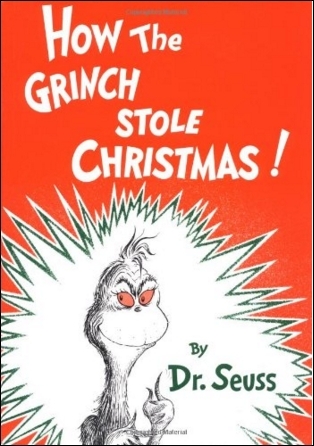Did Dr. Seuss turn the antagonist-protagonist relationship on its head in The Grinch? Hmmm… Let’s talk about it!

In Dr. Seuss’ How the Grinch Stole Christmas, the Grinch is the protagonist (main character) and yet he’s the bad guy. What he’s battling (the antagonist) is the whole idea


